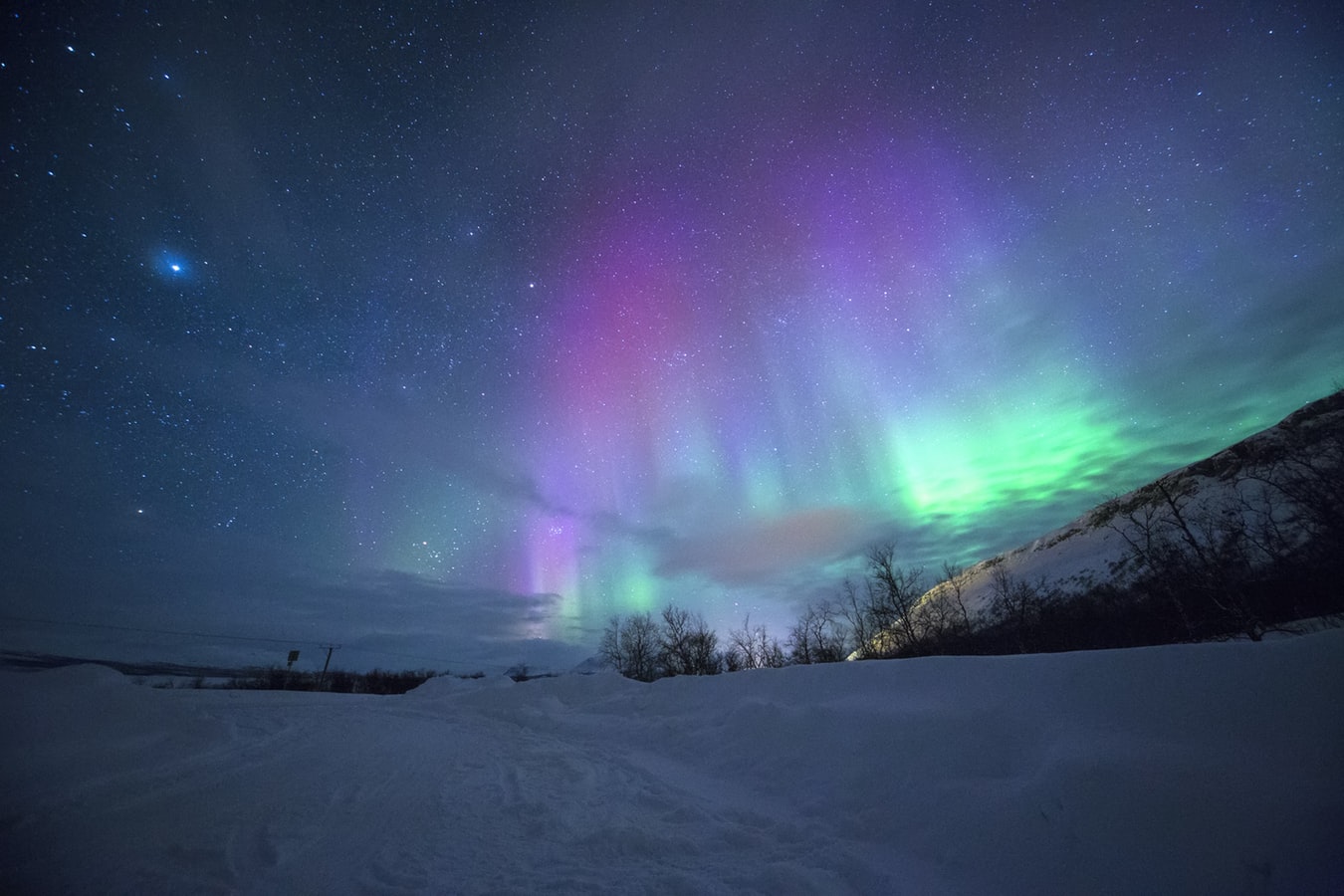12:40-13:00h
In our talk, we will report recent progress and challenges of machine learning, especially deep learning, applied to galaxy evolution. In the first part of the talk we will show how supervised approaches have been successfully used in a variety of applications from morphology classification, photometric redshift estimation and object detection among others. All these applications rely however on properly annotated samples to be used as training which sometimes are difficult to obtain in our field. The second part of the talk will therefore focus on alternative, but also more challenging, approaches based on unsupervised and self-supervised learning. We will show how these techniques can be used, not only to build training sets, but also to detect outliers and potentially interesting objects in large datasets.
